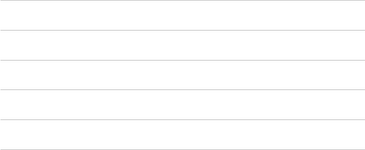chandimajaya85
Newbie
I have a set of data, defined by Y=A+BX+CX^2+DX^3+EX^4+FX^5+GX^6.
. I do a calibration of 24 point sample and then do a polynomial curve fit. X would be a voltage, A,B,C,D,E are constants, and Y is a resulting measurement (in engineering units). Lets say, 24 point sample points are [0.08,0.16,0.24,0.32,0.40,0.48,0.56,0.66,0.76,0.86,0.96,1.6,2.6,3.6,4.8,6.0,7.2,8.4,9.6,10.8,12.0,13.2,14.4,16.6] and do a polynomial curve fit. Now, lets say the X voltage is 0.065 do use that polynomial Y to get the result. Will that give a wrong result and error because at first instant of 24 point sample is 0.08 and polynomial Y is different. Its missed that data sample. I would appreciate if any one can help on this. Thank you.
. I do a calibration of 24 point sample and then do a polynomial curve fit. X would be a voltage, A,B,C,D,E are constants, and Y is a resulting measurement (in engineering units). Lets say, 24 point sample points are [0.08,0.16,0.24,0.32,0.40,0.48,0.56,0.66,0.76,0.86,0.96,1.6,2.6,3.6,4.8,6.0,7.2,8.4,9.6,10.8,12.0,13.2,14.4,16.6] and do a polynomial curve fit. Now, lets say the X voltage is 0.065 do use that polynomial Y to get the result. Will that give a wrong result and error because at first instant of 24 point sample is 0.08 and polynomial Y is different. Its missed that data sample. I would appreciate if any one can help on this. Thank you.
